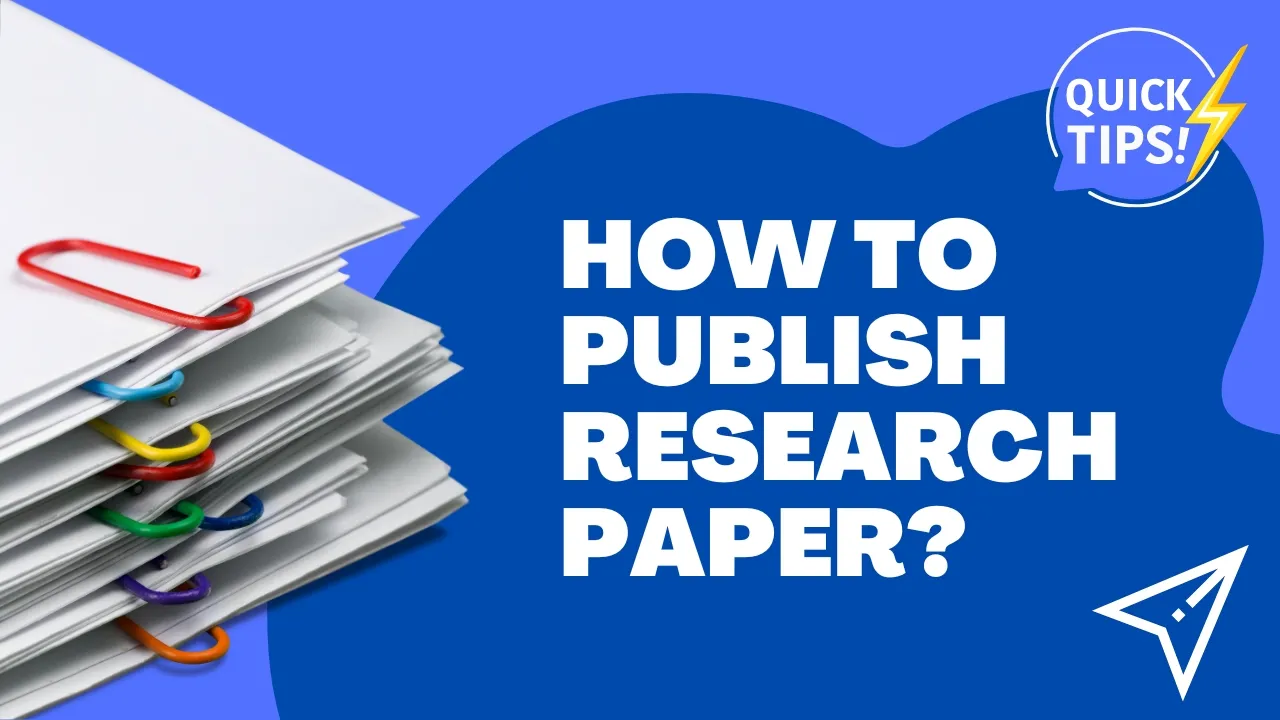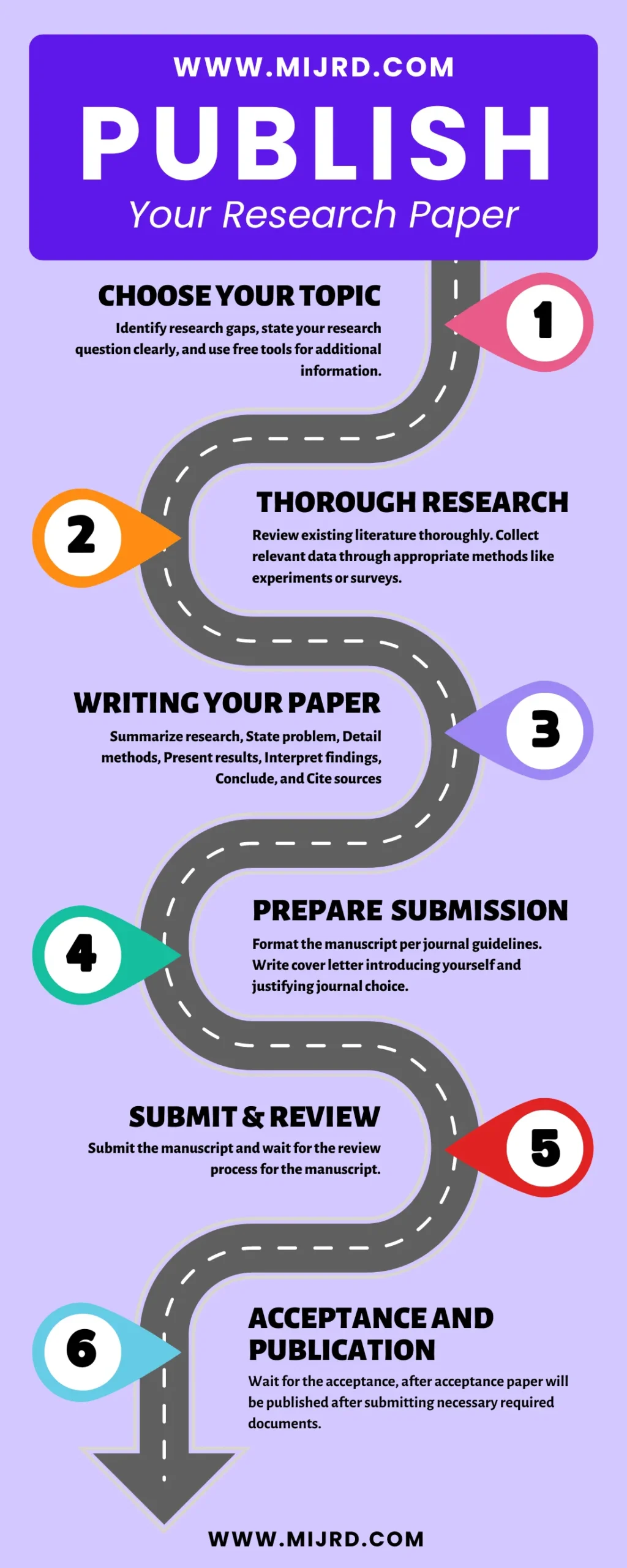How to Publish Your Research Paper: Steps for Beginner Authors

Publishing a paper is an essential step for each researcher. It allows you to share your thoughts with the world, advance your career, and contribute to your profession. This article will help you understand the procedure, whether you are a student or don’t have a PhD or research scholar.
The first step is to identify the right topic. Search for something fresh and significant in your field. Make sure it will be interesting to other researchers. Once you’ve decided on a topic, you may begin your research. Read other papers on your subject, collect data, and take detailed notes on everything you do.
Writing your paper is your next important step. Explain your views using clear, uncomplicated language. Keep in mind that your spelling and punctuation are correct in the paper. After you’ve finished writing, take some time away from your paper. Then read it again and correct any errors you see. It is often beneficial to invite friends or coworkers to read your article and provide comments.
Many individuals ask whether they can publish a work without a PhD. The answer is yes, although it can be challenging. Consider cooperating with more experienced researchers. Concentrate on doing a really good job. You might wish to start with smaller journals.
Students, especially undergraduates, can publish articles. Ask your professors for assistance. Try to participate in research initiatives at your school. You can also collaborate on papers with instructors or older, more experienced students.
Step-by-Step Methods to Publish Paper

Publishing a paper is done differently depending on the particular field of study and publication type. The following is a step-by-step guide:
Step 1: Choose Your Topic
- Note down Research Gap: What are some areas in your field that need more research or where you could make some new contribution?
- Specify Your Research Question: State clearly the problem to be addressed or hypothesis to be tested.
- Research Tools: You can use free topic research tool for more information.
Step 2: Conduct Thorough Research
- Literature Review: You should review extensively existing literature to get an understanding of what has been done in the specific area you choose.
- Data Collection: Collect data through conducting experiments, surveys, simulations, or any other method that can be appropriate.
Step 3: Writing Your Paper
- Title and Abstract: Write a title that is both clear and concise; write an abstract providing a summation of the research question, methods, findings, and conclusion.
- Introduction: Give background information on what you are researching, and state the problem you are trying to solve through your study.
- Methods: Provide details on how you conducted your research including your design, materials used, and procedures undertaken.
- Results: Show your findings using appropriate tables, graphs, or statistical analyses.
- Discussion: Interpret the results found; discuss their implications and compare them with what was known before this experiment was done by other researchers.
- Conclusion: Summarize the main findings made in this study and suggest some areas for further inquiry in future studies.
- References: Cite all sources used in your research work.
Step 4: Prepare the Manuscript for Submission
- Formatting – Follow the format described in the journal’s instructions (e.g., font size, margins, reference style). [Download Format]
- Cover Letter – Write a cover letter containing information about yourself as well as why you believe that the particular journal is suitable for publishing your work.
Step 5: Submit Your Paper
- Online Submission System: Use the journal’s online submission system to upload your manuscript and any additional required documents. [Submit Manuscript]
- Confirmation: Ensure you receive a confirmation of submission.
Step 6: Review Process
- Initial Screening: The journal editor will first review your submission for adherence to guidelines and overall quality.
- Peer Review: Your paper will be sent to experts in your field for review. This process may take several days.
- Respond to Reviews: You may receive feedback with requests for revisions. Address the reviewers’ comments and resubmit the revised manuscript.
Step 7: Acceptance and Publication
- Final Approval: If both referees and editor are okay with your amendments, then they will accept your paper for publication.
- Proofreading: Go through the galley proofs sent by the journal for any final corrections.
- Publication: Your paper will go through approval procedures before being published in the journal; either online, print, or both ways.
